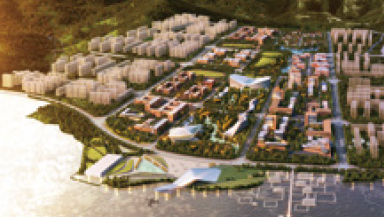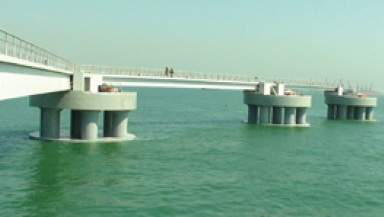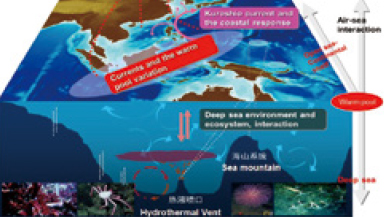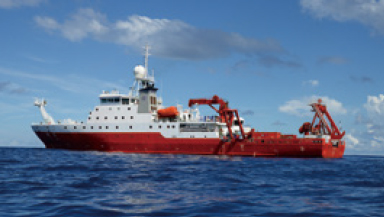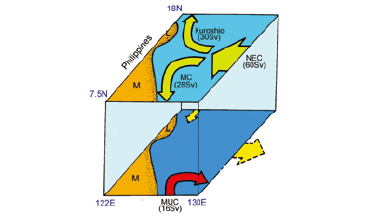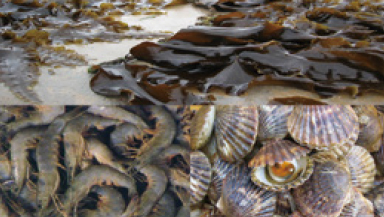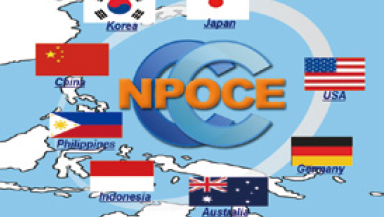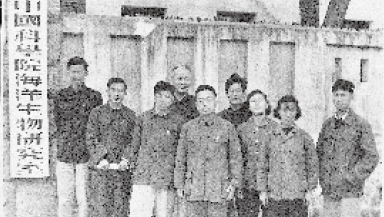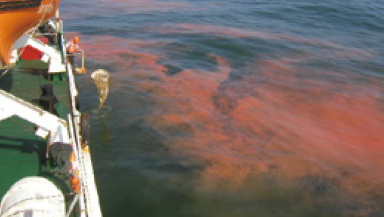
The Northwestern Pacific Ocean Circulation and Climate Experiment (NPOCE), the first international programme on ocean science hosted by IOCAS, was initiated. It set out to unravel the dynamics of ocean circulation in the West Pacific and its role in climate change, through joint international observations, process studies, and numerical simulations.
